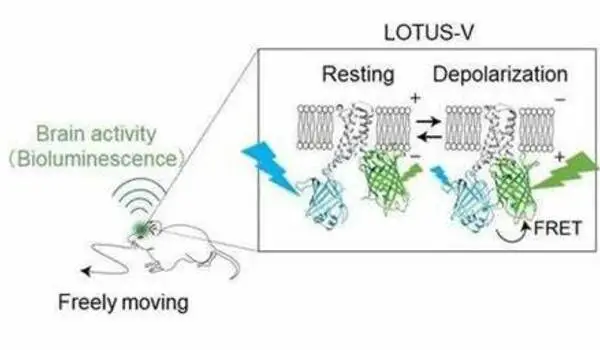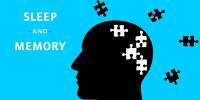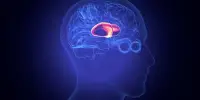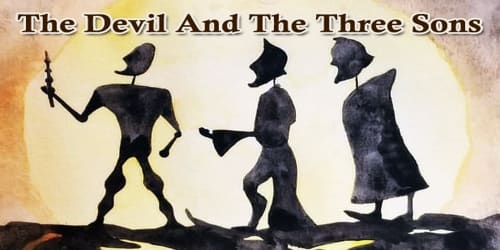Mice, like humans, form complex social groupings, compete for territory and mates, and learn when it is safest to avoid specific opponents. According to a new study, even after a brief fight, defeated animals will flee from the mice that wounded them for weeks.
The study, led by experts from NYU Grossman School of Medicine, finds that such “retreating behavior” is governed by a specific area on the underside of the hypothalamus, a part of the brain that regulates hunger, sleep, and hormone levels. The scientists had previously discovered that this unique region, known as the anterior ventrolateral section of the ventromedial hypothalamus (aVMHvl), helps rodents protect themselves against bully attacks. Here, the authors further identified a central role of the area to drive longer-lasting avoidance after being defeated.
The study found that when rival mice first meet, scent information about opponents is insufficient to activate aVMHvl cells, prompting a retreat. However, once a battle begins, pain (such as being bitten) causes the production of oxytocin, the “cuddle hormone”. While this signal has long been associated with parenting and attraction, in this case it connects to oxytocin receptors on aVMHvl cells, indicating danger. According to the study’s authors, this process connects pain signals to the opponent’s scent, such that the next time the aggressor comes, the bullied mouse is encouraged to keep away by the smell alone.
Our findings provide new insight into how oxytocin within the hypothalamus drives learning from traumatic social experiences. While the hormone is often associated with positive behaviors like caregiving, our study highlights its key role in social conflict.
Takuya Osakada
“Our findings provide new insight into how oxytocin within the hypothalamus drives learning from traumatic social experiences,” said study lead author Takuya Osakada, PhD. “While the hormone is often associated with positive behaviors like caregiving, our study highlights its key role in social conflict,” adds Osakada, a postdoctoral fellow in the Departments of Psychiatry and Neuroscience and Physiology at NYU Langone Health.
While the study team warns that mice share a lot of brain chemistry with humans, they are not the same. Previous research has revealed comparable “retreat” behavior following social failure in numerous animals including humans. In addition, previous research in youngsters have connected bullying to increased social isolation and school absenteeism.
According to Osakada, while prior research has looked at mouse behavior over time after repeated defeats, the new study, published online in the journal Nature, is the first to investigate quick social learning that occurs immediately after losing a battle.

For the research, the study team observed hundreds of mice that were exposed to a rival for 10 minutes before being separated. They also measured the animals’ brain activity before and after a conflict. The results showed that 24 hours after losing a single fight, social interaction dropped down to just 20% of pre-defeat levels. In addition, the findings revealed that pain prompted the immediate activation of oxytocin-releasing brain cells located right next to the aVMHvl.
To further examine the role of the aVMHvl in social avoidance, the researchers prevented receptors on these cells from binding to oxytocin. They found that rodents with blocked oxytocin receptors were less likely to retreat from their aggressor in later encounters. Meanwhile, when the team instead artificially activated aVMHvl cells, animals kept to themselves even if they had not lost a fight.
“Now that we have a better understanding of critical forces behind social avoidance, researchers can start exploring ways to harness oxytocin to treat conditions that affect social skills, such as autism, social anxiety, and attention-deficit hyperactivity disorder,” said study senior author Dayu Lin, PhD. Lin is a professor in the Departments of Psychiatry and Neuroscience and Physiology at NYU Langone, as well as a member of its Neuroscience Institute.
That said, Lin cautions that while the team connected the aVMHvl to social avoidance, they found no such link to another behavior exhibited by defeated mice — freezing up in the face of conflict. As a result, researchers say additional brain systems are likely involved in defeat behavior, and understanding such systems is essential before developing oxytocin-based therapies for human social disorders.
The study team next plans to examine whether the newly uncovered aVMHvl mechanism may also be involved in behaviors that rodents use to establish their social hierarchy under more natural conditions, instead of during the contrived scenario from the initial experiment.















